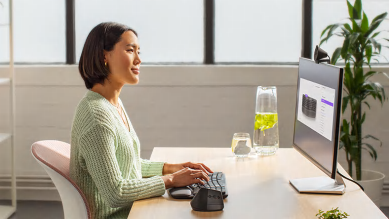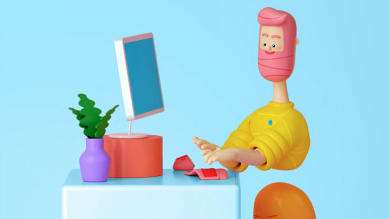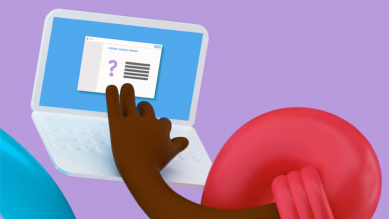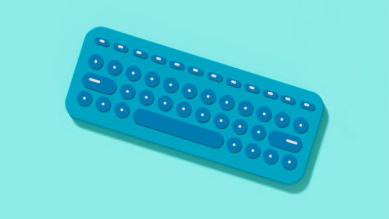4 Steps To Building A Better You
by Olivier Girard, Ergonomist and Posture Therapist, Member of Logitech Ergo Lab Scientific Advisory Board
Behavioral changes are hard to make – and even tougher to keep. Here are a few tried-and-true strategies for behavioral changes that stick.

WELLNESS TIP #1
ADJUST YOUR ANTENNA – AND RAISE YOUR AWARENESS
Turn on your radar, you can’t change something that you are not aware of. Any behavioral change starts by becoming aware of what you do, and only then you can change it.
WELLNESS TIP #2
EASY DOES IT – ONE CHANGE AT A TIME
It’s tough to achieve multiple goals at once – and trying to make wholesale changes over night is extremely difficult. Remember, slow and steady wins the race. But that doesn’t mean you can’t achieve your ultimate goal of a better you – stacking up small improvements motivates you to make even more. All giant leaps start with one small step.
WELLNESS TIP #3
GOOD HABITS ARE HARD TO BREAK
Connect your behavioral change to a daily habit that you already have. For example, if you want to cut out dairy then start every day by using a non-dairy creamer in your morning coffee. A quick win to start the day goes a long way. Or say you’d like to exercise more, schedule your exercise routine to your lunch break. This way you don’t have to rearrange your life to get a run in. Before you know it, your behavioral change will become a habit – and we all know how hard habits are to break.
WELLNESS TIP #4
Make the Desk Your Focus
Always take the time to adjust your working environment (your chair in particular), especially if you’re using a desk and chair at home or in the office that you aren’t used to. With the wrong settings, the long hours behind your screen will take a toll on your muscles and joints. A well-adjusted workspace will also help give you a healthier posture.
Sit only as much as necessary – for example stand to take calls or speak with colleagues. Avoid doing any non-screen activities while seated. By getting up and moving around you’ll also get those precious physiological breaks that make it easier to think clearly when you really do need to sit and get stuff done.
Try to limit email as much as possible – many things can easily be resolved or negotiated in person or by phone, which is a productive way to cut your screen hours. Speaking instead of emailing often helps avoid miscommunications, too. If you really need to confirm what’s been agreed upon, just send a short summary by email.
Finally, try and keep mobile screens for urgent tasks and utilities – and do most of your work activities at a well-adjusted desktop workstation. Too much craning of the neck to look at your phone can do damage to your neck and upper back over time.
More Wellbeing Tips

RELAX YOUR NECK AND BACK AT WORK

Learn How to Assign Simple Shortcuts and Smart Actions

HOME OR OFFICE, MAKE YOUR WORKSPACE WORK FOR YOU

Find the Best-Fitting Mouse for Your Hand Size

FAQ: Your Workspace Ergonomics Questions Answered

Could Less Be More For You? Try A Minimalist Keyboard

Get The Most Out Of Your Logitech Devices

What's a Neutral Posture?

Wellness at Work
